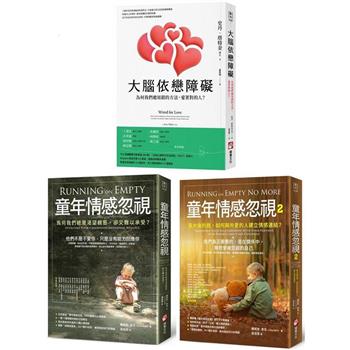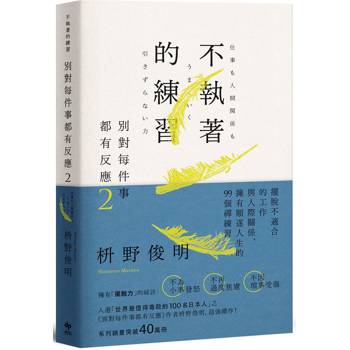Beginning in the mid nineteenth century in America, childhood became synonymous with innocence--a reversal of the previously-dominant Calvinist belief that children were depraved, sinful creatures. As the idea of childhood innocence took hold, it became racialized: popular culture constructed white children as innocent and vulnerable while excluding black youth from these qualities. Actors, writers, and visual artists then began pairing white children with African American adults and children, thus transferring the quality of innocence to a variety of racial-political projects�� dynamic that Robin Bernstein calls ��acial innocence.��This phenomenon informed racial formation from the mid nineteenth century through the early twentieth.�
�
Racial Innocence�takes up a rich archive including books, toys, theatrical props, and domestic knickknacks which Bernstein analyzes as ��criptive things��that invite or prompt historically-located practices while allowing for resistance and social improvisation. �Integrating performance studies with literary and visual analysis, Bernstein offers singular readings of theatrical productions from blackface minstrelsy to�Uncle Tom�� Cabin�to�The Wonderful Wizard of Oz; literary works by Joel Chandler Harris, Harriet Wilson, and Frances Hodgson Burnett; material culture including Topsy pincushions, Uncle Tom and Little Eva handkerchiefs, and Raggedy Ann dolls; and visual texts ranging from fine portraiture to advertisements for lard substitute. Throughout, Bernstein shows how ��nnocence��gradually became the exclusive province of white children��ntil the Civil Rights Movement succeeded not only in legally desegregating public spaces, but in culturally desegregating the concept of childhood itself.
| FindBook |
有 1 項符合
Racial Innocence: Performing American Childhood from Slavery to Civil Rights的圖書 |
 |
Racial Innocence: Performing American Childhood from Slavery to Civil Rights 作者:Bernstein,Robin 出版社:New York Univ Pr 出版日期:2011-12-01 語言:英文 規格:精裝 / 307頁 / 2.5 x 15.9 x 23.5 cm / 普通級 |
| 圖書館借閱 |
| 國家圖書館 | 全國圖書書目資訊網 | 國立公共資訊圖書館 | 電子書服務平台 | MetaCat 跨館整合查詢 |
| 臺北市立圖書館 | 新北市立圖書館 | 基隆市公共圖書館 | 桃園市立圖書館 | 新竹縣公共圖書館 |
| 苗栗縣立圖書館 | 臺中市立圖書館 | 彰化縣公共圖書館 | 南投縣文化局 | 雲林縣公共圖書館 |
| 嘉義縣圖書館 | 臺南市立圖書館 | 高雄市立圖書館 | 屏東縣公共圖書館 | 宜蘭縣公共圖書館 |
| 花蓮縣文化局 | 臺東縣文化處 |
|
|
圖書介紹 - 資料來源:博客來 評分:
圖書名稱:Racial Innocence: Performing American Childhood from Slavery to Civil Rights
|











